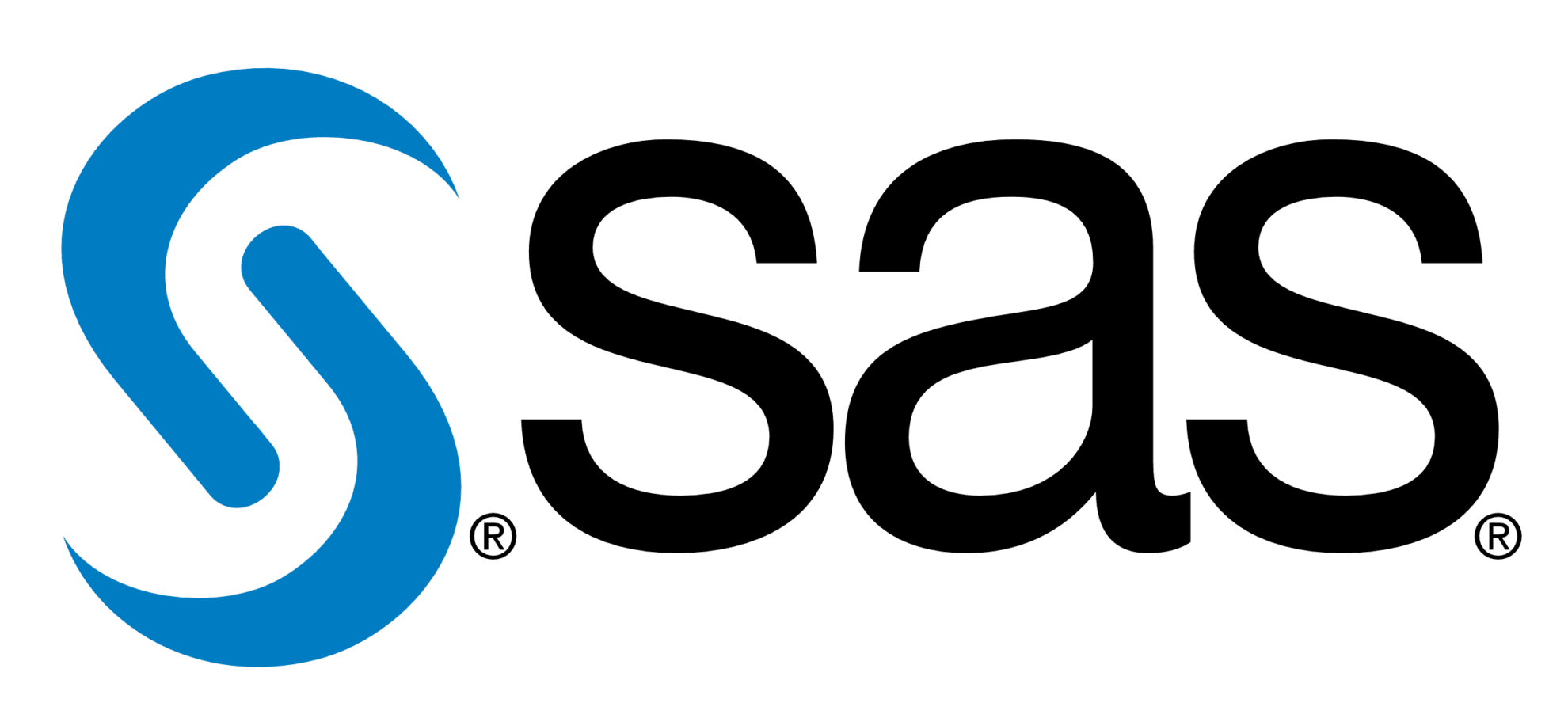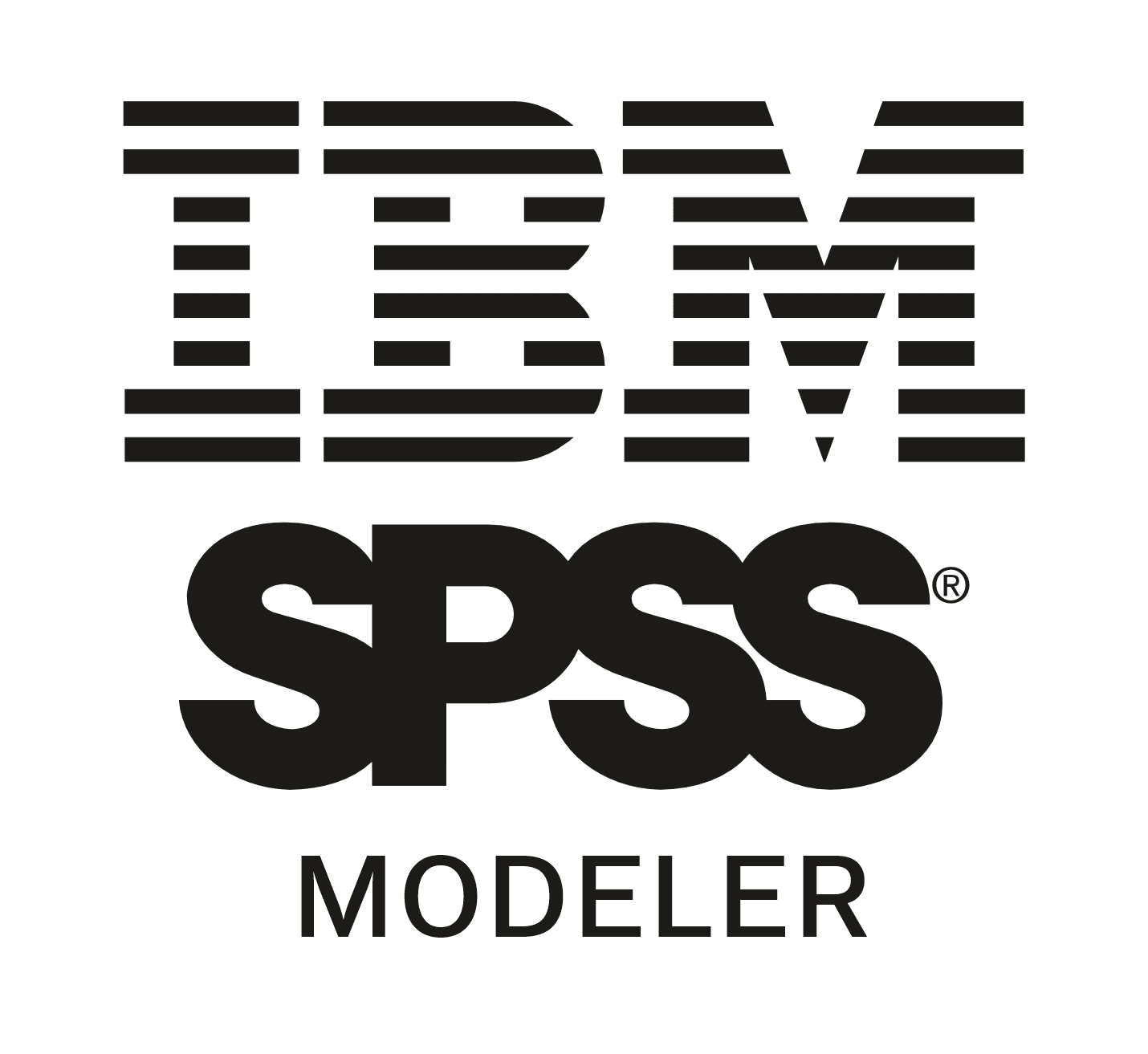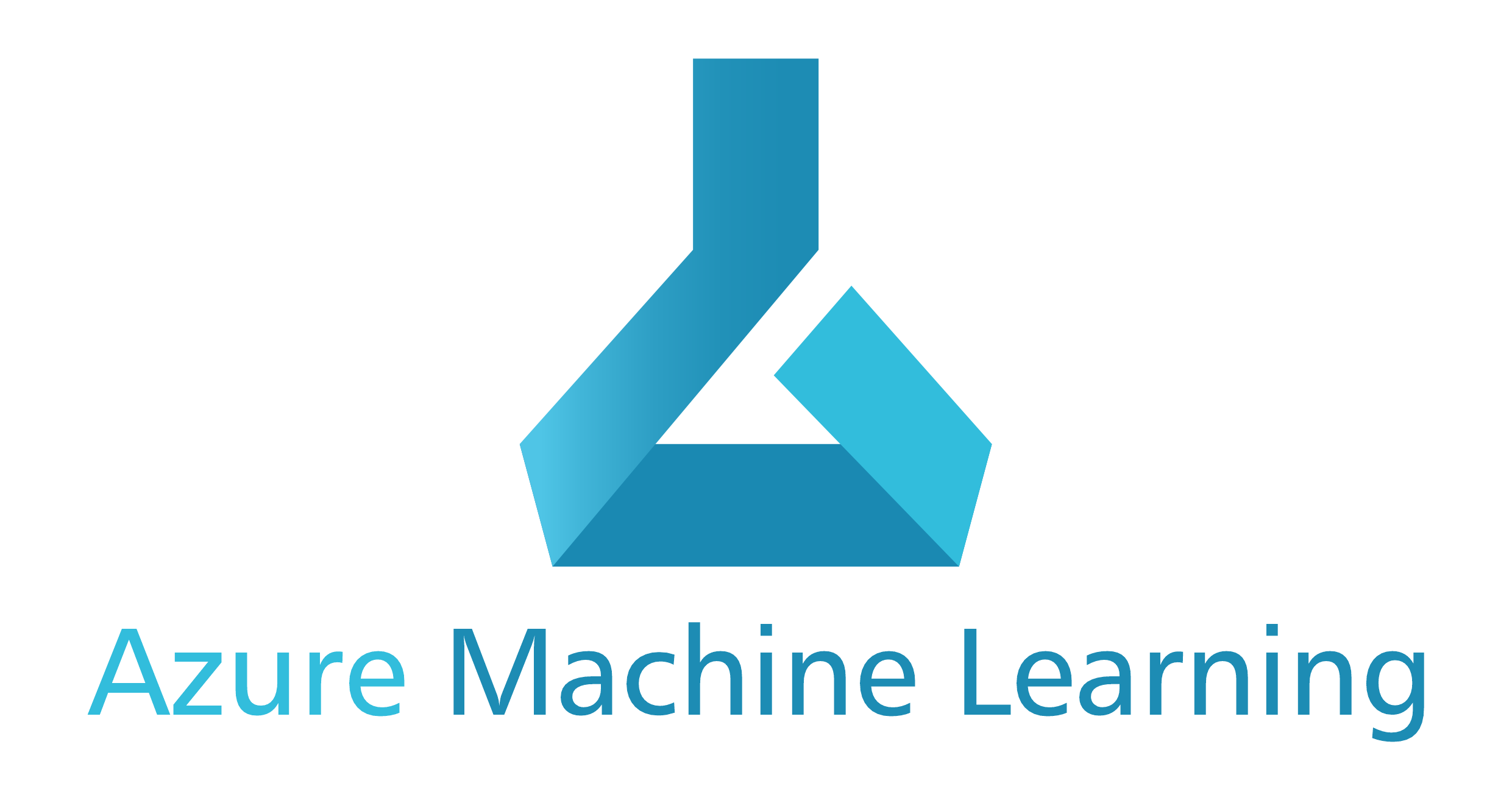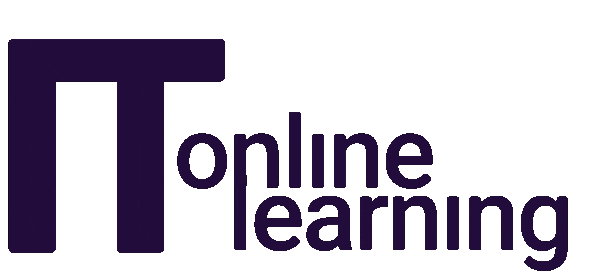In today’s data-driven world, organisations are increasingly leveraging predictive analytics to gain competitive advantages, optimise decision-making, and streamline operations. Predictive analytics uses historical data, machine learning algorithms, and statistical techniques to predict future events. As businesses and industries embrace this approach, predictive analytics software has become essential for identifying patterns, trends, and opportunities hidden within data.
This article will guide you through what predictive analytics software is, its key features, and some of the most popular tools available.
What is Predictive Analytics Software?
Predictive analytics software allows organizations to forecast future trends and behaviours by analysing historical data. Using machine learning, statistical models, and data mining techniques, these tools help users extract valuable insights from datasets, whether structured or unstructured. These predictions can range from anticipating customer behaviour to forecasting market trends, optimising supply chains, or identifying potential risks in financial systems.
Choosing the right predictive analytics software is key to building effective models. For a complete overview of the predictive analytics process, check out our Predictive Analytics Guide.
Key Features of Predictive Analytics Software
1. Data Integration
Predictive analytics tools need the ability to ingest and integrate data from multiple sources, including databases, cloud storage, CRM systems, or IoT devices. Having access to diverse data ensures the model has the breadth and depth needed for accurate predictions.
2. Advanced Analytics & Machine Learning
The core of predictive software is built on machine learning algorithms such as decision trees, random forests, and regression models. These tools must have an easy-to-use interface for building, training, and deploying models without requiring deep programming skills.
3. Visualisation and Reporting
To make sense of complex data, the software provides visualisations like graphs, charts, and dashboards. Real-time reports make it easier to communicate the results to stakeholders and to monitor the ongoing performance of predictive models.
4. Automation & Workflow
Many tools come with automation features, allowing for continuous updates and the automatic retraining of models as new data becomes available. This ensures that predictions remain accurate and relevant over time.
Popular Predictive Analytics Tools
SAS Advanced Analytics

SAS is a long-established leader in the analytics space. The SAS suite offers comprehensive tools for predictive modelling, machine learning, and data visualization. Its powerful algorithms, combined with robust data management features, make it a top choice for industries such as finance, healthcare, and retail.
Key features:
IBM SPSS Modeler

IBM SPSS is known for its user-friendly interface and advanced analytics capabilities. It is widely used by data scientists and business analysts for building and deploying predictive models without extensive coding.
Key Features
R and Python (with Libraries)

For more advanced users, R and Python offer immense flexibility. Both are open-source programming languages with extensive libraries (such as Scikit-learn, TensorFlow, and XGBoost for Python; and caret, randomForest for R) that allow for custom model building and predictive analytics.
Key features:
RapidMiner

RapidMiner is a user-friendly platform that provides data science tools for building machine learning models. With its drag-and-drop interface, RapidMiner caters to both beginners and experienced data scientists. It integrates well with other enterprise solutions and supports a wide array of data formats.
Key features:
Microsoft Azure Machine Learning

Azure Machine Learning (Azure ML) is a cloud-based platform that provides powerful tools for building, training, and deploying predictive models. Azure ML allows you to use pre-built models or develop custom models in a cloud environment that supports scalability.
Key features:
Alteryx

Alteryx is an intuitive tool that combines data preparation, blending, and predictive analytics in a single platform. It is particularly useful for analysts looking to perform data wrangling and quickly build predictive models without requiring heavy coding knowledge.
Key features:
Key Use Cases for Predictive Analytics

Customer Retention and Churn Prediction
Businesses can predict which customers are likely to churn by analysing purchasing behaviours, engagement, and transaction histories. This enables timely interventions and personalized marketing strategies to improve retention.
Fraud Detection
In the financial sector, predictive analytics is used to detect anomalies and flag potential fraudulent activities, allowing for proactive measures to minimize losses.
Supply Chain Optimisation
Predictive models help optimize supply chains by forecasting demand, identifying bottlenecks, and streamlining logistics, leading to cost savings and efficiency.
Healthcare
Predictive analytics tools assist healthcare providers in predicting patient outcomes, optimising treatment plans, and managing hospital resources more effectively.
Marketing Campaigns
Marketing teams leverage predictive models to understand customer preferences, tailor campaigns, and anticipate trends in consumer behaviour to maximise campaign effectiveness.
Predictive analytics software plays an essential role in modern businesses, transforming raw data into actionable insights. With a range of tools catering to both non-technical users and data science experts, organizations can choose the right software based on their specific needs. Whether you are focusing on increasing customer retention, optimizing operations, or improving decision-making, investing in predictive analytics software will position your business for success in the digital age.
By adopting predictive analytics tools, companies can not only keep up with the rapid pace of technological advancement but also drive smarter decisions that are backed by data, leading to increased efficiency and profitability.




